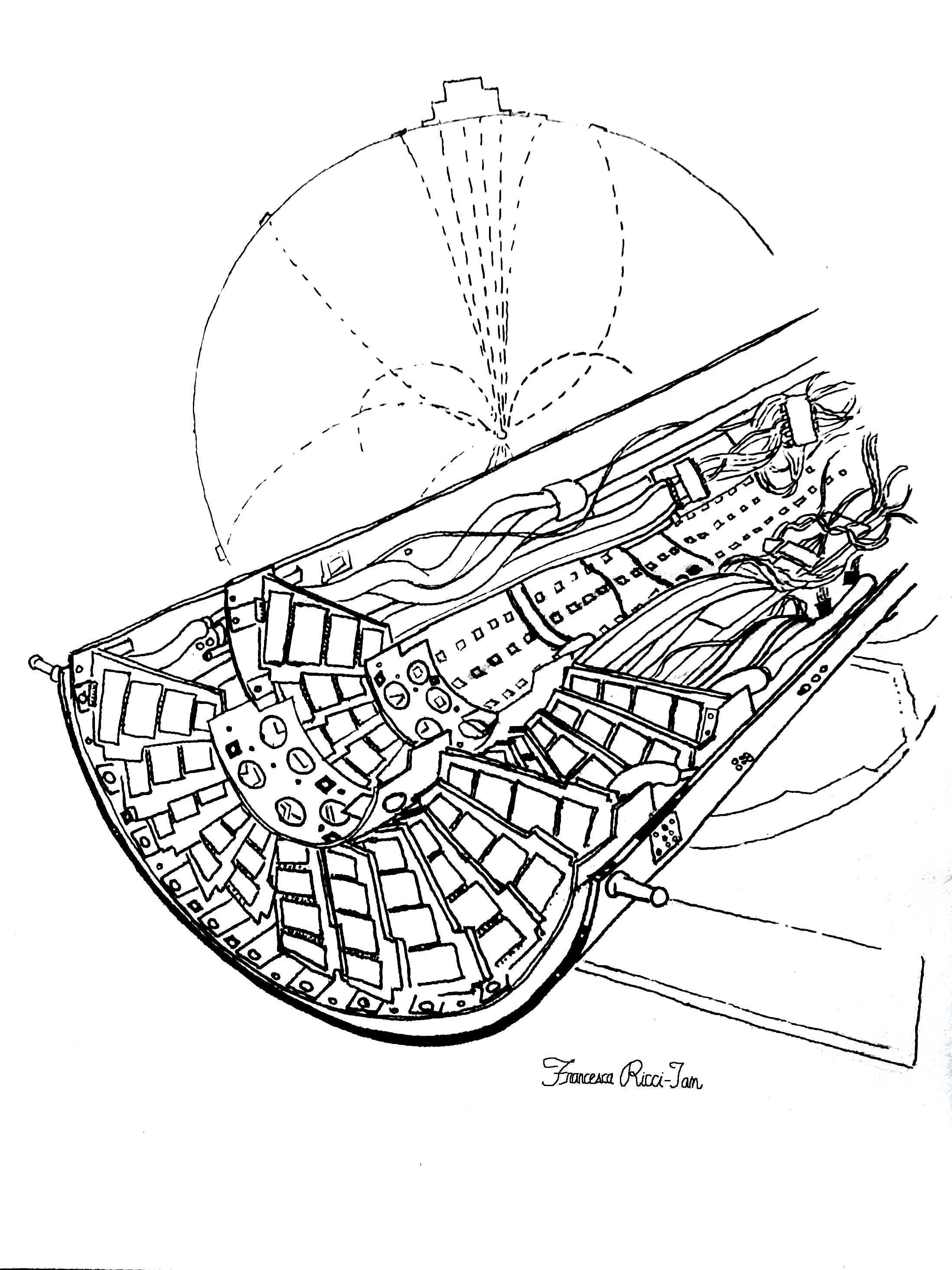Recent Advance in Accelerator and Particle Physics
A special issue of Symmetry (ISSN 2073-8994). This special issue belongs to the section "Physics".
Deadline for manuscript submissions: closed (30 September 2022) | Viewed by 20412
Special Issue Editors
Special Issue Information
Dear Colleagues,
Symmetries are at the core of many aspects of fundamental physics and in particular quantum field theory, which the Standard Model of particles and interactions builds on. For instance, the Higgs boson was predicted in 1964 as a result of spontaneous electroweak symmetry breaking. For a long time, it was the last missing building block of the Standard Model. Therefore, its observation by the ATLAS and CMS experiments at CERN’s Large Hadron Collider (LHC) in 2012 is one of the most important physics discoveries of the past few decades. It was achieved after only two years of proton–proton collision data-taking at the LHC, and at lower energies than those reached in the Run-2 of the LHC in 2015-2018. Particle physicists now have a large dataset at their disposal in order to measure the properties of Higgs bosons, but also to probe other Standard Model processes with unique precision. However, the Standard Model is known for not being a complete theory, and new physics is expected at the energy scale that LHC experiments can now probe. This Special Issue of Symmetry reviews the latest advances in particle physics as a result of LHC data-analyses, in particular Standard Model measurements and searches for new physics beyond the Standard Model.The experimental results provided by the LHC would not have been possible without significant advances in the field of accelerator physics. However, accelerators are also central tools in other areas of particle physics, e.g., for fixed-target experiments and neutrino physics. Advances in accelerator physics are crucial to reach both high-energy and high-intensity frontiers in the post-LHC era, and as such, recent developments in this field of research will also be reviewed in this Special Issue of Symmetry.
We hereby solicit contributions of review and research articles covering a broad range on recent advances in accelerator and particle physics, including (but not limited to) the following topics:
- Measurements of Higgs boson properties and search for rare decays;
- Searches for new physics in the Higgs sector;
- Top-quark physics;
- B-physics;
- Standard Model electroweak processes;
- Standard Model QCD processes;
- Heavy-ion physics;
- Indirect searches for new physics through precision measurements, including EFT interpretations;
- Direct searches for new physics;
- Accelerators for Dark Matter searches;
- Accelerators for neutrino physics;
- Accelerators for non-LHC experiments;
- Accelerator developments towards the high-energy and high-intensity frontiers;
- Detector developments towards the high-energy and high-intensity frontiers.
Dr. Jan Kieseler
Guest Editors

Manuscript Submission Information
Manuscripts should be submitted online at www.mdpi.com by registering and logging in to this website. Once you are registered, click here to go to the submission form. Manuscripts can be submitted until the deadline. All submissions that pass pre-check are peer-reviewed. Accepted papers will be published continuously in the journal (as soon as accepted) and will be listed together on the special issue website. Research articles, review articles as well as short communications are invited. For planned papers, a title and short abstract (about 100 words) can be sent to the Editorial Office for announcement on this website.
Submitted manuscripts should not have been published previously, nor be under consideration for publication elsewhere (except conference proceedings papers). All manuscripts are thoroughly refereed through a single-blind peer-review process. A guide for authors and other relevant information for submission of manuscripts is available on the Instructions for Authors page. Symmetry is an international peer-reviewed open access monthly journal published by MDPI.
Please visit the Instructions for Authors page before submitting a manuscript. The Article Processing Charge (APC) for publication in this open access journal is 2400 CHF (Swiss Francs). Submitted papers should be well formatted and use good English. Authors may use MDPI's English editing service prior to publication or during author revisions.
Keywords
- Standard Model measurements
- Higgs boson(s)
- Beyond-the-Standard-Model physics
- High-energy frontier
- High-intensity frontier






